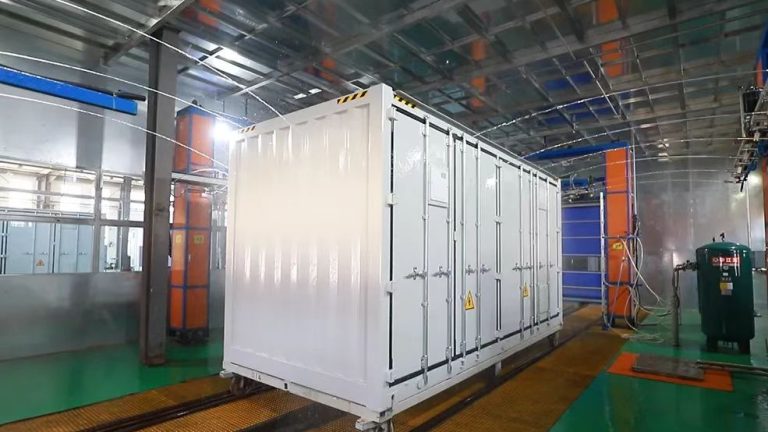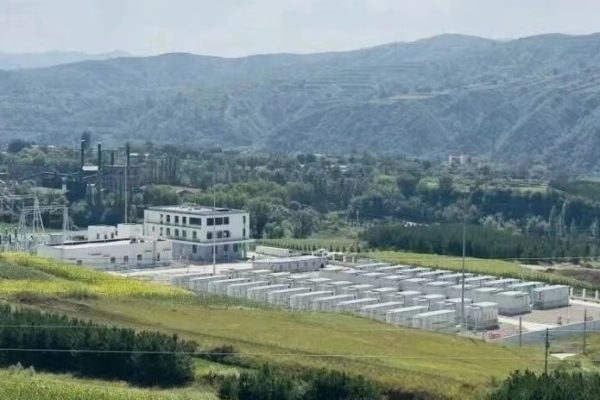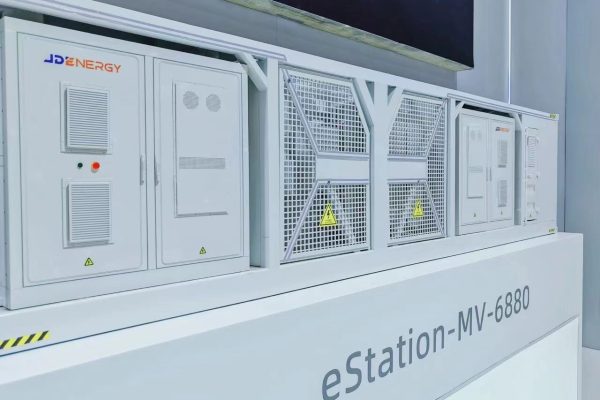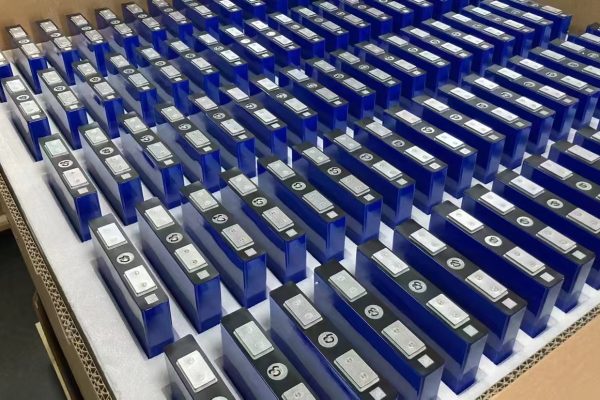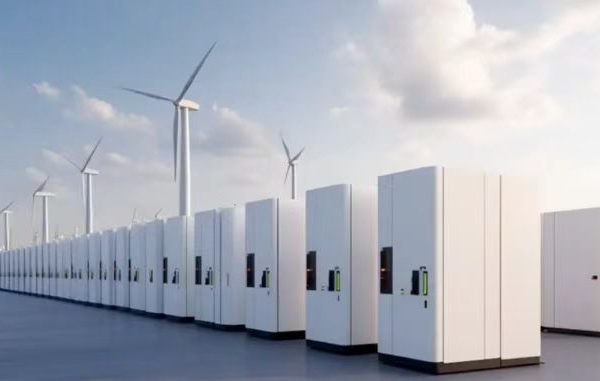Why What You Hear and See Matters to Your End Customers
1. Introduction: Beyond Specs and Datasheets
When sourcing or supplying small-scale energy storage systems—especially for homes, offices, retail shops, or rural clinics—it’s easy to focus on battery specs, cycle life, and inverter efficiency.
But increasingly, what the system sounds and looks like is just as important to end users.
Especially in residential or indoor scenarios, noise, form factor, and aesthetics are key to acceptance and satisfaction—factors often ignored in traditional B2B sourcing conversations.
2. Why Noise Matters in Small Deployments
🔊 Noise Comes From:
- Inverter fans
- Battery BMS relays
- Air-cooled cabinet ventilation
- Transformer hum (in some models)
Even “low-noise” inverters can emit 40–50 dB, which feels like:
- A refrigerator humming
- Soft conversation in a quiet room
In small homes, cafes, or clinics, this can cause complaints or reduce installation options.
📍 Where Noise Matters Most:
- Apartments or townhouses
- Offices with open ceilings
- Shops with public-facing counters
- Rural homes with thin walls
3. Strategies to Reduce Noise
✅ When Selecting Products:
- Prioritize hybrid inverters with <30 dB rating
- Choose batteries with fanless or low-speed cooling
- Avoid large transformers near living areas
- Check if system supports night mode
✅ During Installation:
- Mount system on solid wall, not drywall
- Avoid placing in bedrooms or living rooms
- Use rubber pads to reduce vibration
- Install ventilation ductwork away from occupied rooms
🛠️ We often help clients select storage kits with silent or near-silent operation, tailored to residential needs.
4. Aesthetics: What Buyers See Affects What They Buy
In residential and SME projects, appearance influences perception of quality and safety.
Common Complaints from End Users:
- “It looks like industrial junk”
- “Too bulky for my hallway”
- “My neighbor thought it was a water pump”
- “Doesn’t match my solar panels”
What Customers Prefer:
- White or light gray color palettes
- Flush cabinet designs
- Hidden cable routing
- Consistent branding between inverter and battery
A coordinated look between solar panels, inverter, and storage can enhance user satisfaction—and lead to word-of-mouth referrals.
5. Choosing Storage Systems with Appearance in Mind
💡 Design Tips:
| Design Aspect | Recommendation |
|---|---|
| Color | Neutral (white/gray/black) for home installs |
| Size | Wall-mounted options under 300mm depth |
| Form | Rounded edges, no exposed bolts |
| Indicators | Soft LED, not blinking lights |
| Labeling | English + icons, no clutter |
| Branding | Minimal, modern layout |
We work with OEMs that offer custom front panels and private label branding, especially useful for installers or importers building a local brand.
6. Where We Add Value as a Technical Partner
Many end customers won’t ask about noise or design directly—but they will complain later.
We help clients by:
- Pre-checking noise levels and fan behavior from data
- Recommending models based on use case (home, clinic, shop)
- Providing product images and dimension drawings for interior layout
- Suggesting accessories (mounting kits, covers, etc.)
- Coordinating custom housing or color schemes for volume orders
We don’t just sell boxes—we help you deliver a product people want to live with.
7. Real Case Example: Storage for a Boutique Café
- 🏠 Location: Southeast Asia
- ⚡ System: 10 kWh battery + 5 kW hybrid inverter
- 🎯 Challenge: Must be quiet + attractive for open café space
- ✅ Solution:
- Chose fanless lithium module
- Installed flush inverter with cable cover
- Matching color with interior (white unit, dark wood frame)
- 💬 Customer feedback: “Our customers don’t even know it’s there. Perfect.”
8. Recently Published Articles You May Like
- 👉 Building a Compact Energy Storage Room: Tips & Layout Ideas
- 👉 Thermal Design for Small Storage Cabinets in Hot Climates
- 👉 Small-Scale Energy Storage Fire Protection: What to Know
9. Conclusion: Don’t Let the System Annoy the Customer
While technical performance matters, the non-technical experience of a storage system—noise, form, appearance—can make or break its success in small spaces.
As a technical trade partner, we understand this and help clients choose solutions that not only work, but also fit in.
Ready to deliver storage systems that look good, sound quiet, and work reliably? Let’s talk.





